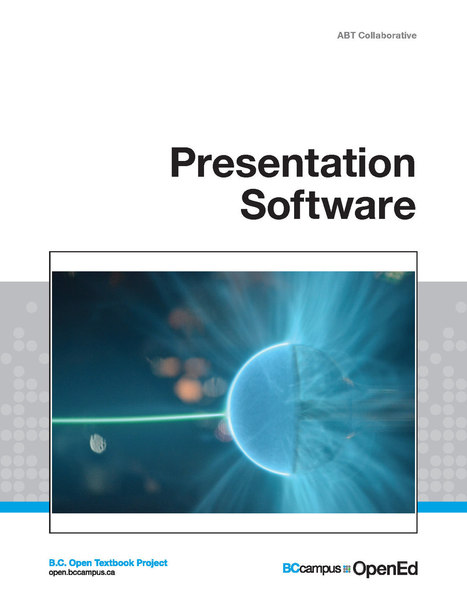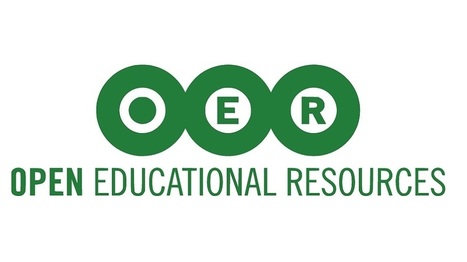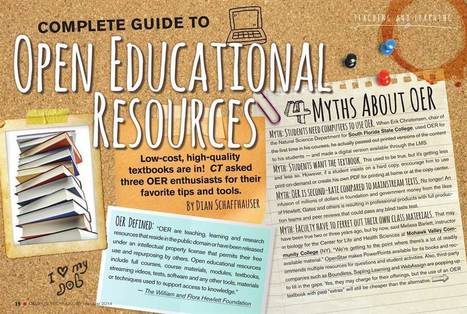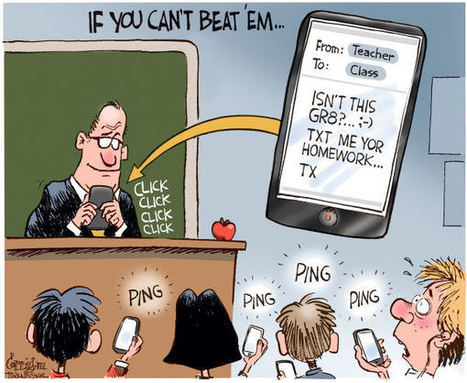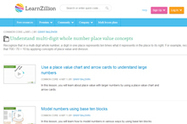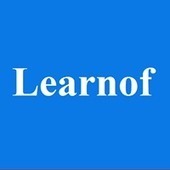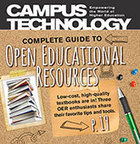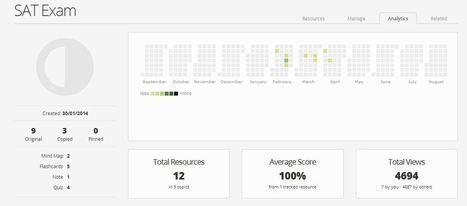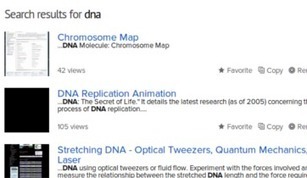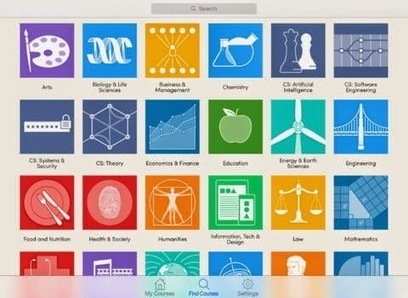Follow, research and publish the best content
Get Started for FREE
Sign up with Facebook Sign up with X
I don't have a Facebook or a X account
Already have an account: Login
Teaching and learning in the 21st Century - meeting the pedagogical challenges of digital learning and innovation for the iGeneration
Curated by
Tom D'Amico (@TDOttawa)
 Your new post is loading... Your new post is loading...
 Your new post is loading... Your new post is loading...

Ness Crouch's curator insight,
April 6, 2015 9:52 PM
Education is constantly changing. How are you coping with mobile learning? |

Anaeli Villarreeal's curator insight,
May 17, 2024 10:40 AM
The post introduces an insightful analogy to explain the varying levels of awareness and usage of Open Educational Resources (OER), likening them to an iceberg. The primary, secondary, and tertiary levels of OER usage represent different degrees of engagement and awareness among users. Primary OER users are fully engaged with the concept and actively contribute and advocate for open education. Secondary users, while not as deeply invested, integrate OERs pragmatically to enhance their teaching practices without a strong emphasis on the philosophy of openness. Tertiary users utilize OERs sporadically, often without recognizing the open licenses or the broader movement behind them. This stratification highlights that the visible, engaged community is just the tip of the iceberg, with a much larger base of users who indirectly benefit from OERs. The discussion also touches on David Wiley's concept of "Dark Reuse," questioning whether OERs are being used in unseen ways or not much at all. This raises a critical challenge for the OER movement: should the focus be on fostering deep engagement and adaptation among primary users, or on broadening the reach and casual use among secondary and tertiary users? The post suggests that increasing OER penetration into these latter groups might be as vital as nurturing the primary OER community. Strategies like improving the visibility and accessibility of OERs, similar to well-known resources like Khan Academy or TED, could significantly enhance their uptake. Additionally, there is potential for a viral spread of openness, where initial exposure leads to greater awareness and integration of open practices, underscoring the importance of initial exposure efforts.
|




